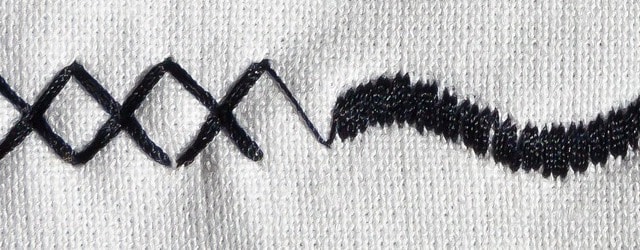Running a pulsed field gel can be exciting. It isn’t often that you get to visualize such large pieces of DNA. However, it can also be extremely frustrating. It isn’t uncommon to wait 24 hours only to find out that your DNA was degraded before you started the run. Then, you have to start all over. What a waste!
Below are some tips that I learned to help take some of the frustration out of pulsed field gel electrophoresis.
Be Gentle with Your DNA
The larger the DNA is, the more susceptible it is to shearing. As a result, you have to be extremely careful when you are working with samples for pulsed field gel electrophoresis.
The easiest way to get around this problem is to extract DNA inside of agarose plugs. You can find various protocols around that explain how to do this. I have been happy with those put out by Bio-Rad alongside their gel plug kits. Embedded DNA prevents any shearing forces from acting on it, and makes the DNA much easier to work with. The general protocol involves suspending cells in melted agarose and pipetting agarose and cell mixture into a gel mold before carrying out the DNA extraction. Extraction requires a series of washes to remove cell debris, followed by a restriction digestion as a wash as well. Finally, load the agarose plugs into the pulsed field gel for electrophoresis.
If your DNA is already in a liquid form, be extra careful. Stay away from any procedures that require you to vortex your DNA, and try to be gentle. When pipetting, be sure to use wide-bore pipette tips to reduce the forces on the DNA. You can purchase wide-bore tips from a supplier, but I just use a razor blade to cut the end off of standard pipette tips.
Choose Agarose Wisely
While technically you can use standard agarose for pulsed field gel electrophoresis, in general, the quality is much lower. In my attempts to use standard agarose, I observed that the DNA does move through the gel but the bands became diffuse. This made it difficult to compare to a size standard. Luckily, companies have created agarose specifically for pulsed field applications. While they won’t say exactly what is different between the different options, most agarose options for this purpose have a high tensile strength and a low amount of negatively charged contaminants (EEOs). The end result is a gel that gives a higher resolution than the standard options. In my experience, however, these gels do tend to fracture more easily during handling. Always move the gel in a tray to prevent it from tearing.
Clean the Pulsed Field Gel Electrophoresis System Regularly
The pulsed field system is a complicated network of tubes, reservoirs, and chilling units. The result of this complexity is a system that easily becomes a breeding ground for bacteria. Other than being gross, contaminated pulsed field units will also produce poor results.
To prevent your system from growing unwanted organisms, fully drain the solution from the system in between runs, especially from the tubing connecting the various components. Additionally, drain the running solution from the system and run distilled water through it before cleaning it out completely. I usually turn the pump on and run the unit until all of the solution has been pumped out before stopping for the day.
If you are concerned that the system has become contaminated, you can safely pump a 50% bleach solution through the system to remove any contaminants. Just make sure to do a few distilled water washes before using it again.
Pay Attention to the Buffer
When running gels for a long period of time, it is important not to exhaust the electrophoresis solution. In my experience, the best way to do this is to use TBE buffer for all pulsed field gels. You may use TAE for standard gels, however, the buffer will not generally stand up to the longer conditions required in a pulsed field gel.
Also, add fresh buffer every 12-15 hours. Nothing is worse than coming into the lab in the morning and finding that your 24 hour pulsed field gel has stopped partway through the night due to the buffer strength giving out. To prevent this, I generally exchange about 50% of the buffer every 12-15 hours to be safe.
While pulsed field gel electrophoresis may seem complicated at first, remember that it is not too different than standard electrophoresis. Make sure that you prepare your DNA carefully and keep your buffer fresh. You should be well on your way to beautiful high molecular weight separation!






